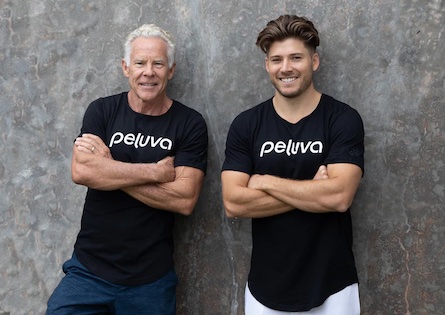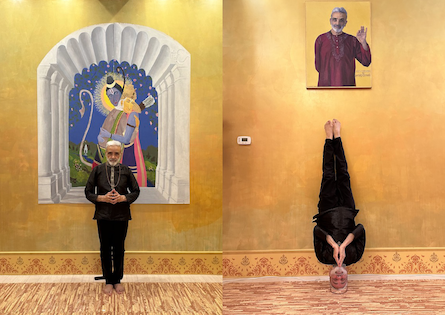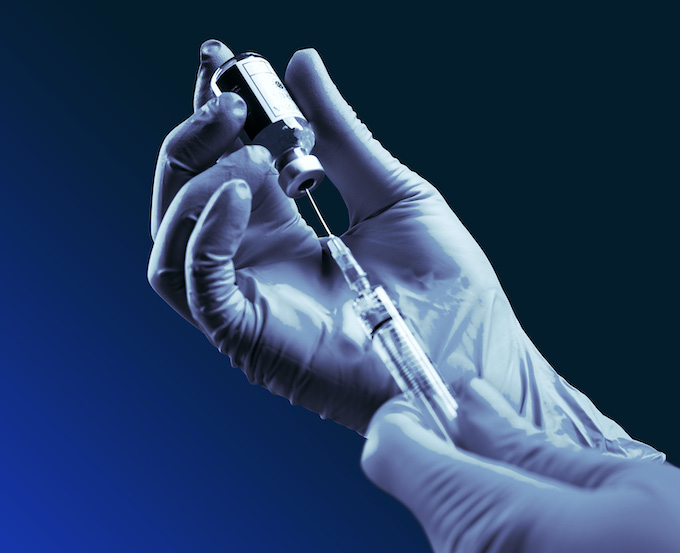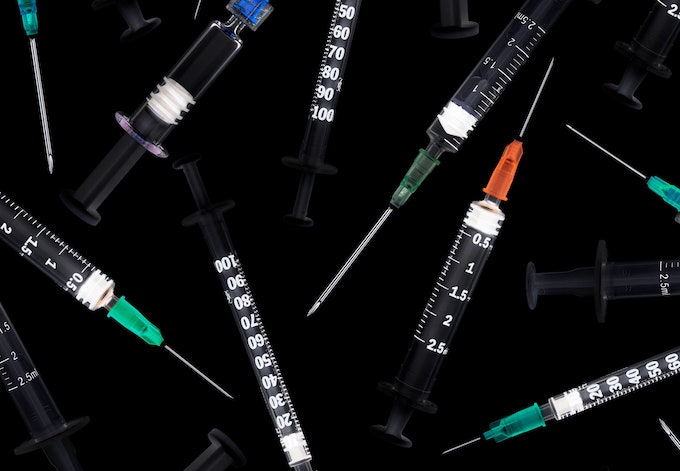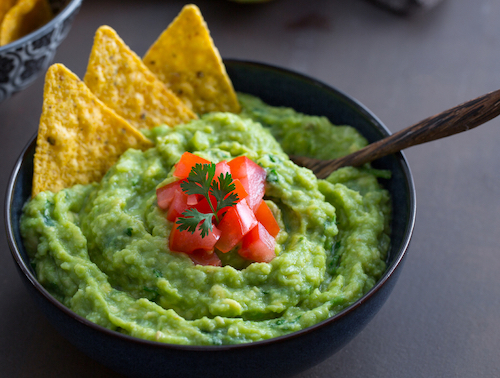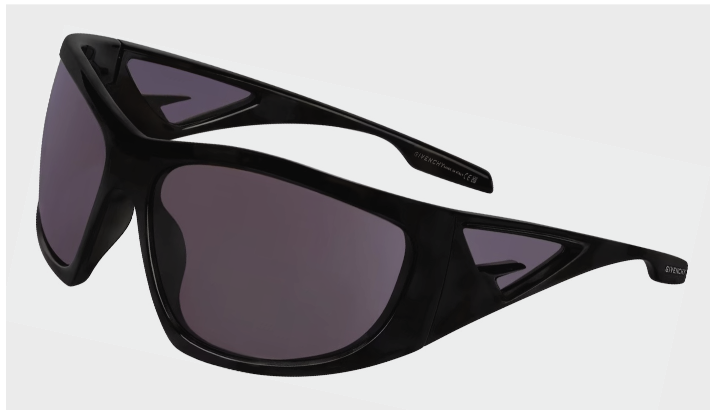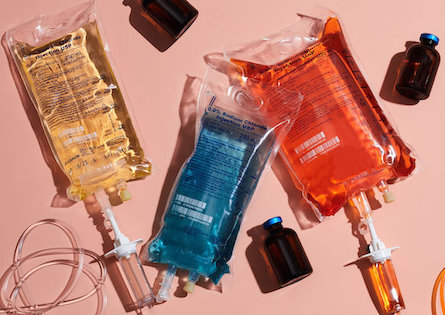About two months ago, just after the Johnson & Johnson Covid-19 vaccine was cleared for emergency use by the FDA, we turned to Dr. Richard Firshein for a side-by-side breakdown and comparison of the three vaccines currently available in the US, including Moderna and Pfizer (read here). Dr. Firshein is one of the leading authorities and practitioners of integrative medicine, and our go-to expert for the most cutting-edge medical news and information.
At that time, there were high hopes for the Johnson & Johnson vaccine. It required just one dose and could be stored at temperatures similar to any other vaccine. Unlike Pfizer and Moderna, which require two doses and subzero refrigeration, the Johnson & Johnson vaccine would be far easier to distribute and get into people’s arms… the primary goal of all three.
Fast forward six weeks to April 13th when both the U.S. Food and Drug Administration (FDA) and Centers for Disease Control and Prevention (CDC) recommended a pause in the Johnson & Johnson vaccinations after rare blood clotting occurred in six recipients causing serious illnesses, and in one case death. All six were women between the ages of 18 and 48, and all developed the illnesses within one to three weeks of vaccination.
10 days later following a thorough safety review, the FDA and CDC recommended resuming the Johnson & Johnson vaccinations, citing that the vaccine’s benefits outweighed its known and potential risks in individuals 18 years and older. Out of the roughly 7 million people in the United States who had received Johnson & Johnson shots at that time, the chance of these serious and life-threatening side effects was about one in a million.
With vaccinations already on the decline for various reasons, including overall hesitancy about their safety, this pause with Johnson & Johnson hasn’t helped. In the last couple of weeks, daily vaccination rates in the US declined from a high of 3.2 million to 2.5 million. Given all these ongoing developments, while many Covid restrictions are being lifted, we turned back to Dr. Firshein for some answers on the state of the pandemic and vaccinations now.
STYLE OF SPORT: When last we spoke the Johnson & Johnson vaccine had just been cleared for emergency use. My takeaway from the conversation was you were very positive about it in comparison to the Moderna and Pfizer vaccines, in particular for those least vulnerable to the disease. Storage was easier, it was one shot and done, 85.4% effective in preventing severe disease, and 100% effective in preventing death. How have your thoughts changed given all that’s happened in the last couple of months?
DR. FIRSHEIN: Initially my hopes for Johnson & Johnson were very high. It was based on technology we better understood, the old school idea of injecting a virus with a strand of DNA from Covid. While all three vaccines use a genetic code that instructs your body to manufacture the antibodies, Johnson & Johnson is a little more traditional in that this genetic instruction manual is encased in an adenovirus. An adenovirus is a common virus the body is familiar with like pink eye. You would have a vector that the body understands, and it would all work out as it was supposed to.
STYLE OF SPORT: When did the problems begin?
DR. FIRSHEIN: As things began to roll out, you could sense there were hiccups. Initially, the data was supposed to show that Johnson & Johnson would be at or above Moderna or Pfizer with 90% efficacy, and with a single dose vaccine. As the weeks rolled on however, different problems started to arise, and you could sense there was a bigger issue. Initially, they couldn’t roll out enough vaccines, which told you there was a problem with manufacturing. Then there was the issue with one of the factories that was manufacturing both the Johnson & Johnson and an Astra Zeneca vaccine, that cross-contaminated roughly 15 million doses of the Johnson & Johnson vaccine. And then came the reports of blood clots. As we aggregated more data, within the span of a few weeks we suddenly had to put an asterisk on this idea Johnson & Johnson would be one of best possible vaccinations. While the promise was there, their ability to execute was not.
“This virus has a way of outsmarting what we do because it’s constantly testing our defenses. Does it need to be more contagious? Does it need to be more lethal? Does it need to spread faster? It’s using all the tools in the toolbox to infect as many people as it can.”
STYLE OF SPORT: What do we know about the side effects that put the pause on the Johnson & Johnson vaccine?
DR. FIRSHEIN: We’ve given out 6 to 7 million doses, so only 1 in a million has this blood clotting problem. It looks as if it’s in women between the age of 25-50. The question becomes is that a function of the demographic of people that are getting the vaccine or something that is specific to the adenovirus vector.
STYLE OF SPORT: What other vaccines are using that technology?
DR. FIRSHEIN: The Sputnik vaccine from Russia, Astra Zeneca, and Johnson & Johnson are all using adenovirus vectors. A similar pattern of clots has been observed in a very small percentage of people who received the AstraZeneca vaccine in Europe. We do know some of the demographics, but we need to narrow it down and say 95% of cases have been in this subgroup, so the risk of these blood clots is 1 in 10 million instead of 1 in a million.
STYLE OF SPORT: Now that Johnson & Johnson vaccinations have resumed what are your thoughts in comparison to Pfizer and Moderna?
DR. FIRSHEIN: It did shift my hopes back to the reality of what we have in hand. Right now, Moderna and Pfizer are the vaccines that have been proven most effective and safe. It’s unfortunate that both AstraZeneca and Johnson & Johnson have had poor roll outs. I think there was a lot of pressure to get their vaccine out from a marketing point of view, perhaps prematurely, and they didn’t gather enough data. There has been a nationalism about these vaccines. AstraZeneca is produced in the UK, Biotech Pfizer is German, Sputnik is Russian, and Johnson & Johnson is American.
STYLE OF SPORT: I randomly got the Pfizer vaccine, and every person I told said ‘Oh, that’s the best’. It’s the one given at hospitals, so that seems to be the general perception.
DR. FIRSHEIN: Pfizer is given at hospitals because they have the ultra-cold storage facilities required. Even though both Pfizer and Moderna require sub-zero refrigeration, with Pfizer you need to buy in bulk of 1000 vaccines at a time. With Moderna it’s just 100, so it’s slightly easier to store at pharmacies. But the primary reason I think Pfizer had gotten a better reputation is they have done more due diligence and done the research. They have this ongoing countrywide trial in Israel, monitoring how the drug interacts, and the safety and efficacy against various strains. I think Pfizer doing a better job at being a vaccine producer and they are using a lot of resources. They are also charging the most, but putting the money into making sure it is safe.
SOS: Would you ever recommend Johnson & Johnson at this point?
DR. FIRSHEIN: I still think the ability to give out one vaccine has a lot of advantages for efficiency reasons, for people who are housebound or want a house call. If you’ve already had a bad case of Covid or you only want one vaccine, you can get Johnson & Johnson. A lot of people are saying, ‘I want to travel and I need to show I’ve had the vaccine, so I’m just going to get one shot.’
SOS: You hear these great numbers of how many people have been vaccinated and then you still have these pockets where infection rates are going up.
DR. FIRSHEIN: Understanding the mechanism of how this virus works, until we are all vaccinated we will be dealing with this for a very long time. If we’ve vaccinated a third of the country, and yet the infections are still staying high, it’s mostly because the other two thirds are harder hit. As more people are getting vaccinated, this virus, which I consider to have an innate intelligence, is thinking in a different way. It is a communal thinker. The way ants or bees make a nest, they communally come together and build what they need to build. This virus has a way of outsmarting what we do because it’s constantly testing our defenses. Does it need to be more contagious? Does it need to be more lethal? Does it need to spread faster? It’s using all the tools in the toolbox to infect as many people as it can.
SOS: So if people don’t get vaccinated, does that put those of us who are vaccinated at risk?
DR. FIRSHEIN: If you have 100 million people who are vaccinated and there are 200 million people not vaccinated, continuing with their social lives, traveling in packed planes, and going to packed bars, they are mixing a lot of different strains of the virus in their system. These viruses are very promiscuous. One virus can release an enzyme that unzips the RNA of the other and they combine to form a new virus. Now those not vaccinated have created another strain, and people who are vaccinated are not immune to that strain. People who don’t get vaccinated are a threat to themselves, but they are threat to everyone else too.
SOS: How do we get ahead of this?
DR. FIRSHEIN: This virus will require every bit of our technology to get under control. It wants to infect every single person on the planet. If there are 150 million people who have it, there are 8 billion to go. It wants to achieve that as quickly as it can, and it would like to reinfect people if possible, too. I’m not always a big fan of vaccines, but in this case when you’re talking about a virus that can mutate in real time, it’s a different story. Even if you’re vaccinated, you can still be infected with a new strain, but at least you won’t combine it with another strain, and you could get a booster against that strain. But if we are exponentially increasing the number of strains with those who are not vaccinated, we can’t catch up with boosters.
SOS: Just when you feel like it’s safe to go back in the water you hear about these new strains.
DR. FIRSHEIN: Its saf-er to go back in the water…
SOS: With other people who are vaccinated…
DR. FIRSHEIN: I had this conversation with a family. One sister went to get the vaccine and the other didn’t want to. I said, “Your parents are older, your grandmother even older, and you have someone in your family who is immune compromised. I know you don’t get sick, never get the flu or a cold, but if you just go about living your life, you will be bringing home something to family members and putting them at risk.” We just have to get this into our consciousness and be smart about it. And you have to do it in a way that makes sense for the people around you.


